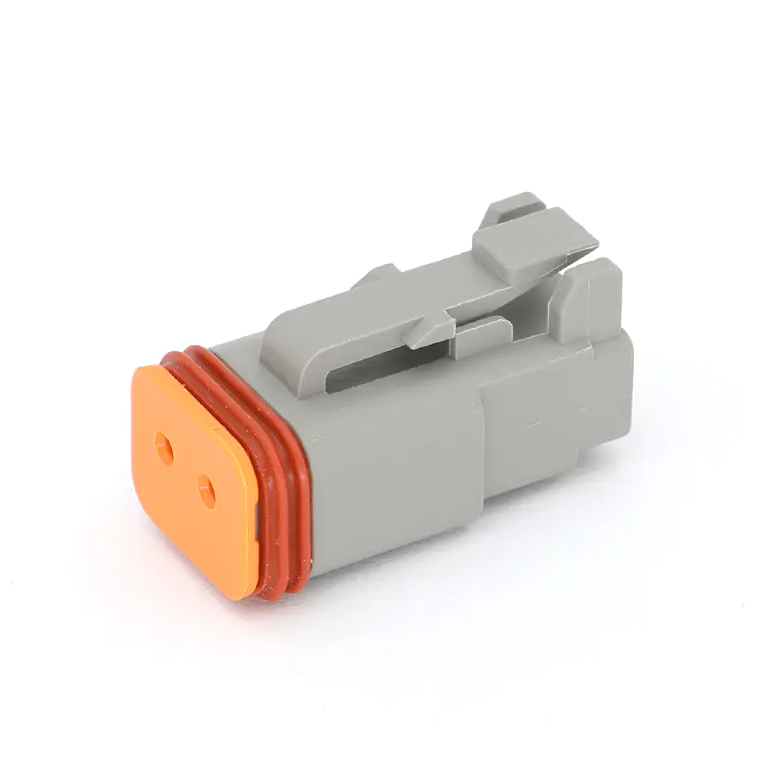Auto connectors serve as the fundamental building blocks of vehicle electrical systems, providing reliable pathways for power and signal transmission across numerous automotive applications. These precision-engineered components have evolved significantly to meet the growing demands of modern vehicles, which now incorporate increasingly sophisticated electronic systems. From basic lighting circuits to advanced driver assistance systems, auto connectors ensure seamless communication between various vehicle components while withstanding the challenging conditions inherent in automotive environments.
The design and manufacturing of auto connectors involve careful consideration of multiple critical factors. Electrical performance stands as a primary concern, with connectors needing to maintain stable contact resistance and current carrying capacity throughout the vehicle's lifespan. Materials selection plays a pivotal role in achieving these electrical requirements, with copper alloys serving as the base material for contacts, often plated with gold for signal applications or tin for power circuits. The mechanical design of the contacts themselves must ensure proper mating force while allowing for hundreds of connection cycles without significant degradation.
Environmental resilience represents another essential aspect of auto connector design. Unlike stationary electronics, automotive connectors must endure constant vibration, temperature extremes ranging from -40°C to 125°C, and exposure to moisture, road salt, and various chemicals. Manufacturers address these challenges through innovative sealing techniques that may include multiple layers of protection. Primary seals often consist of rubber gaskets that compress during mating, while secondary seals might involve molded barriers or specialized housing designs that create labyrinthine moisture paths. The specific level of environmental protection varies based on the connector's location within the vehicle, with underhood applications requiring the most robust solutions.
The automotive industry's rapid shift toward electrification has introduced new requirements for high-voltage connector systems. These specialized components must safely manage potentials exceeding 400 volts while incorporating visible safety indicators and positive locking mechanisms. Arc-resistant materials and staged disconnection features help prevent electrical hazards during servicing. Thermal management has become increasingly important in these applications, with some designs incorporating cooling fins or even liquid cooling channels to dissipate heat from high-current connections.
As vehicles continue incorporating more advanced electronics, auto connector technology must evolve to support emerging requirements. The growing adoption of autonomous driving features demands connectors capable of handling high-speed data transmission while resisting electromagnetic interference. Miniaturization trends challenge engineers to develop smaller connectors that maintain robustness and reliability. Looking ahead, we can expect to see continued innovation in areas such as modular connector systems, smart connectors with embedded diagnostics, and new materials that enhance performance while reducing weight and cost.
